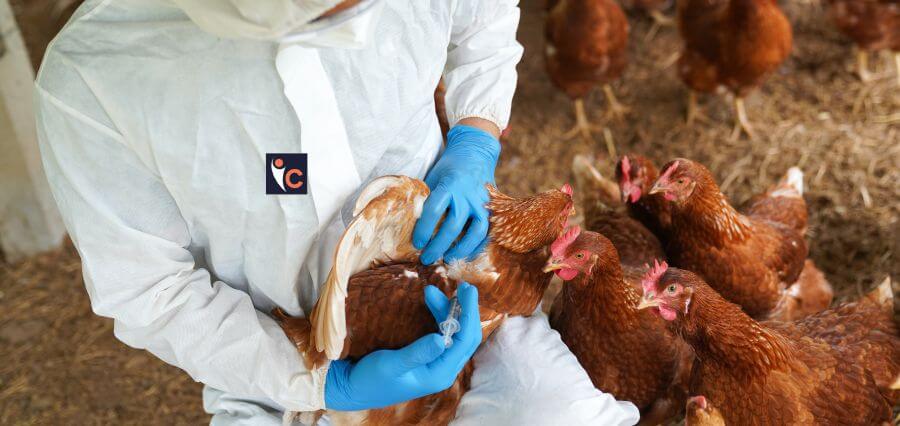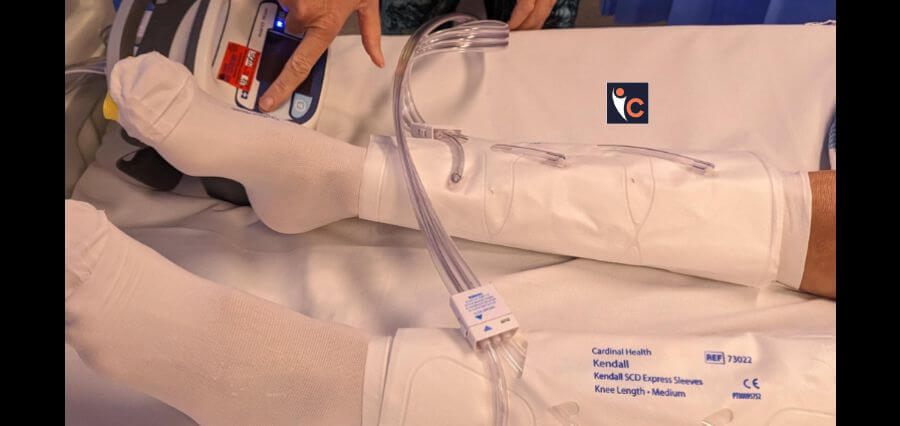Dental Decay
The public is increasingly aware of the risks of vaping to general health since the use of vaping devices was linked to lung disease.
A vaping habit could lead to stained teeth and more frequent dental visits.
Patients who admitted to using vaping devices had a higher chance of developing cavities and other forms of tooth decay (check out this overview for further reading), according to researchers at Tufts University School of Dental Medicine. According to CDC studies, 9.1 million American adults and 2 million teenagers use tobacco-based vaping products, putting a lot of teeth at risk.
Vaping Research
The findings of this study on the association between vaping and the risk of caries, the dental term for cavities, serve as a warning that this once-seemingly harmless behavior may be seriously harmful, according to Karina Irusa, assistant professor of comprehensive care and the paper’s primary author. The results were published in the American Dental Association Journal.
The public is increasingly aware of the risks of vaping to general health since the use of vaping devices was linked to lung disease. E-cigarette use has been linked in some dental studies to increased levels of gum disease indicators and, separately, to erosion of the tooth’s enamel. Even dentists, according to Irusa, haven’t paid much attention to the connection between e-cigarette use and oral health.
Vaping Findings
The recent Tufts finding, according to Irusa, may only be a hint of the harm that vaping does to the mouth. “It is still largely unknown how much of an impact dental health, and more specifically dental decay, will have,” the author claims. I’m just trying to raise awareness right now among patients and dentists alike.
This study, according to Irusa, is the first to specifically examine the connection between using e-cigarettes and vaping and a higher risk of developing cavities. She and her colleagues looked at the data of more than 13,000 patients older than 16 who received treatment at Tufts dentistry clinics between 2019 and 2022.
Despite the fact that the vast majority of patients insisted they did not use vapes, Irusa found that there was a statistically significant difference in the risk levels of dental caries between the e-cigarette/vaping group and the control group.
Only about 60% of the control group and about 79% of the vaping patients were identified as having a high caries risk. The patients who vaped were not asked if they used THC- or nicotine-containing devices, despite the fact that nicotine-containing devices are more common.
Irusa emphasizes that it’s crucial to realize that this is just preliminary data. Even though this isn’t completely conclusive, people need to be aware of what we’re seeing. Irusa believes that more research must be done, and she wants to focus on how vaping affects the microbiology of saliva.
One reason why using e-cigarettes may increase the risk of cavities is the sweet flavor and viscosity of the vaping liquid, which, when aerosolized and subsequently breathed through the mouth, stick to the teeth.
Previous Vaping Studies
In a 2018 study that was published in the journal PLOS One, the characteristics of e-cigarettes with sweet flavors were compared to those of gummy candies and acidic beverages. Vaping aerosols has been shown to change the oral microbiota, making bacteria that cause decay more hospitable. Furthermore, it has been noted that vaping appears to encourage decay in areas where it is uncommon, such as the bottom margins of front teeth. Irusa claims that it has an aesthetic cost.
According to Tufts researchers, dentists should routinely ask about e-cigarette use as part of a patient’s medical history. In 2021, 7.6% of middle- and high-school students reported using e-cigarettes, according to the FDA/CDC. This includes pediatric dentists who treat teenagers.
Patients who use e-cigarettes are also advised to follow a “more stringent caries care approach” that may include prescription-strength fluoride toothpaste and fluoride rinse, in-office fluoride applications, and more frequent exams than twice a year.
Depending on how severe it becomes, Irusa claims that managing dental caries requires a significant time and financial investment. “Once the habit is established, it is still possible to develop secondary caries even after receiving fillings. The vicious cycle is unbreakable.”















